NORMAN CASTLE IN TRIM
SELECT A CITY
TRIM CASTLE IN COUNTY MEATH [PHOTOGRAPHED CHRISTMAS MORNING 2014]
Trim Castle is a castle on the south bank of the River Boyne in Trim, County Meath, Ireland. With an area of 30,000 m². Over a period of 30 years, it was built by Hugh de Lacy and his son Walter as the caput of the Lordship of Meath.
The Irish Government currently own and are in charge of the care of the castle, through the state agency The Office of Public Works (OPW).
The castle is on the List of National Monuments in County Meath.
With an area of 30,000 m², Trim Castle is the largest Cambro-Norman castle in Ireland. The design of the central three-storey keep (also known as a donjon or great tower) is unique for a Norman keep being of cruciform shape, with twenty corners. It was built on the site of the previous large ring work fortification in at least three stages, initially by Hugh de Lacy (c. 1174) and then in 1196 and 1201–5 by Walter de Lacy. The castle interior was partially the subject of archaeological digs, by David Sweetman of the OPW in the 1970s, and more extensively by Alan Hayden in the 1990s.
The surviving curtain walls are predominantly of three phases. The west and north sides of the enceinte are defended by rectangular towers (including the Trim Gate) dating to the 1170s; the Dublin gate was erected in the 1190s or early part of the 13th century; and the remaining wall to the south with its round towers dates to the first two decades of the 13th century. The castle has two main gates. The one in the west side dates to the 1170s and sits on top of a demolished wooden gateway. The upper stories of the stone tower were altered to a semi-octagonal shape, c. 1200. The Dublin Gate in the south wall is a single round towered gate with an external barbican tower. It dates from the 1190s or early 13th century and was the first example of its type to be constructed in Ireland.
Apart from the keep, the main extant structures consist of the following: an early 14th-century three-towered fore work defending the keep entrance and including stables within it (accessed by a stone causeway crossing the partly filled-in ditch of the earlier ringwork); a huge late 13th-century three-aisled great hall (with an under croft beneath its east end opening via a water gate to the river); a stout defensive tower (turned into a solar in the late 13th century at the northern angle of the castle); a smaller aisled hall (added to the east end of the great hall in the 14th or 15th century); a building (possibly the mint) added to the east end of the latter hall; two 15th- or 16th-century stone buildings added inside the town gatehouse, 17th-century buildings (added to the end of the hall range and to the north side of the keep) and a series of lime kilns (one dating from the late 12th century, the remainder from the 18th and 19th centuries).
Trim Castle is a castle on the south bank of the River Boyne in Trim, County Meath, Ireland. With an area of 30,000 m². Over a period of 30 years, it was built by Hugh de Lacy and his son Walter as the caput of the Lordship of Meath.
The Irish Government currently own and are in charge of the care of the castle, through the state agency The Office of Public Works (OPW).
The castle is on the List of National Monuments in County Meath.
With an area of 30,000 m², Trim Castle is the largest Cambro-Norman castle in Ireland. The design of the central three-storey keep (also known as a donjon or great tower) is unique for a Norman keep being of cruciform shape, with twenty corners. It was built on the site of the previous large ring work fortification in at least three stages, initially by Hugh de Lacy (c. 1174) and then in 1196 and 1201–5 by Walter de Lacy. The castle interior was partially the subject of archaeological digs, by David Sweetman of the OPW in the 1970s, and more extensively by Alan Hayden in the 1990s.
The surviving curtain walls are predominantly of three phases. The west and north sides of the enceinte are defended by rectangular towers (including the Trim Gate) dating to the 1170s; the Dublin gate was erected in the 1190s or early part of the 13th century; and the remaining wall to the south with its round towers dates to the first two decades of the 13th century. The castle has two main gates. The one in the west side dates to the 1170s and sits on top of a demolished wooden gateway. The upper stories of the stone tower were altered to a semi-octagonal shape, c. 1200. The Dublin Gate in the south wall is a single round towered gate with an external barbican tower. It dates from the 1190s or early 13th century and was the first example of its type to be constructed in Ireland.
Apart from the keep, the main extant structures consist of the following: an early 14th-century three-towered fore work defending the keep entrance and including stables within it (accessed by a stone causeway crossing the partly filled-in ditch of the earlier ringwork); a huge late 13th-century three-aisled great hall (with an under croft beneath its east end opening via a water gate to the river); a stout defensive tower (turned into a solar in the late 13th century at the northern angle of the castle); a smaller aisled hall (added to the east end of the great hall in the 14th or 15th century); a building (possibly the mint) added to the east end of the latter hall; two 15th- or 16th-century stone buildings added inside the town gatehouse, 17th-century buildings (added to the end of the hall range and to the north side of the keep) and a series of lime kilns (one dating from the late 12th century, the remainder from the 18th and 19th centuries).
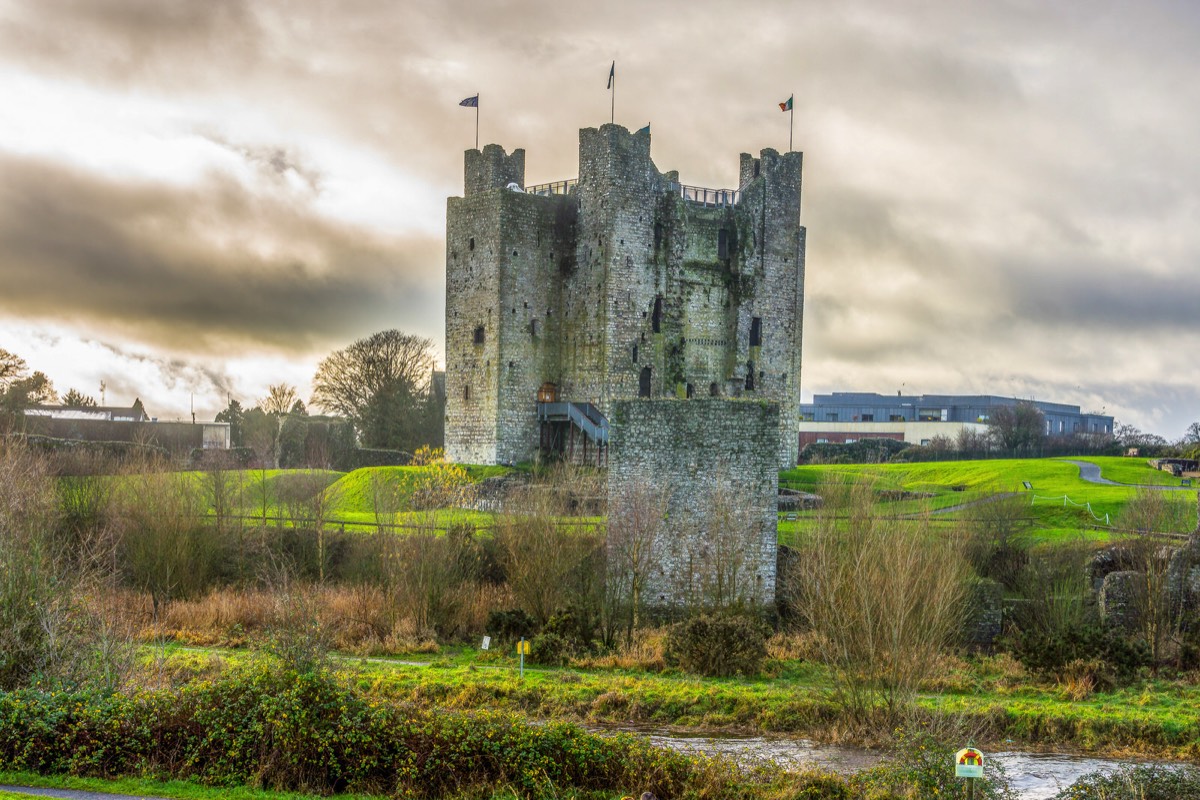
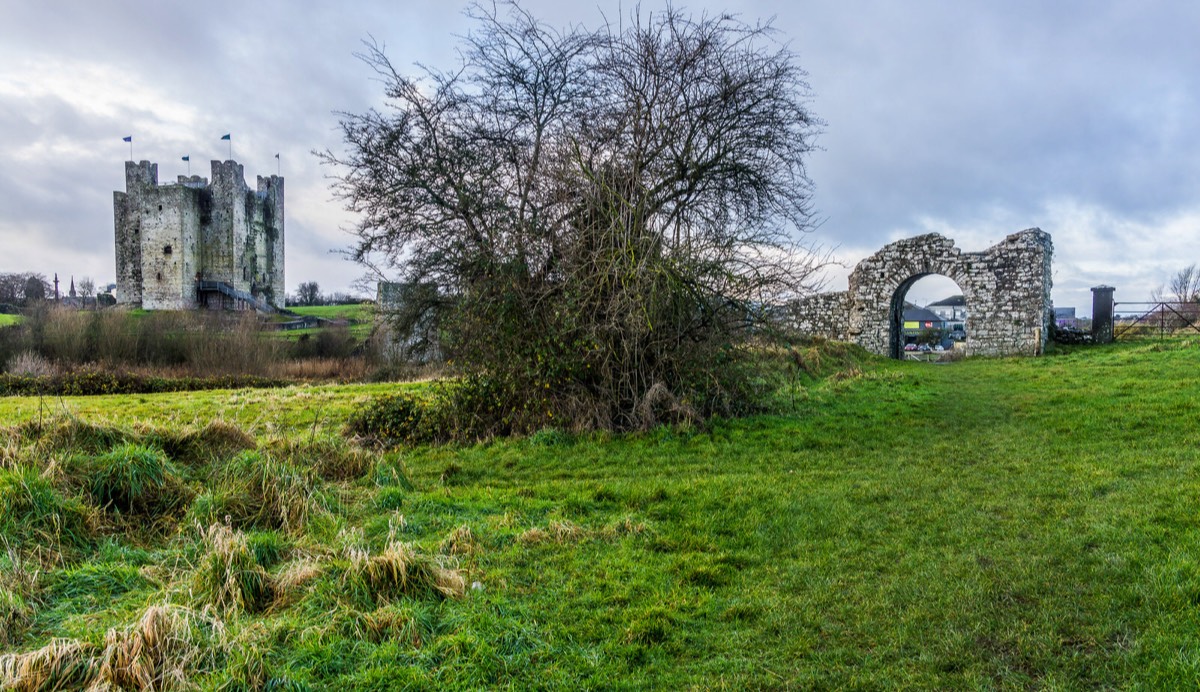
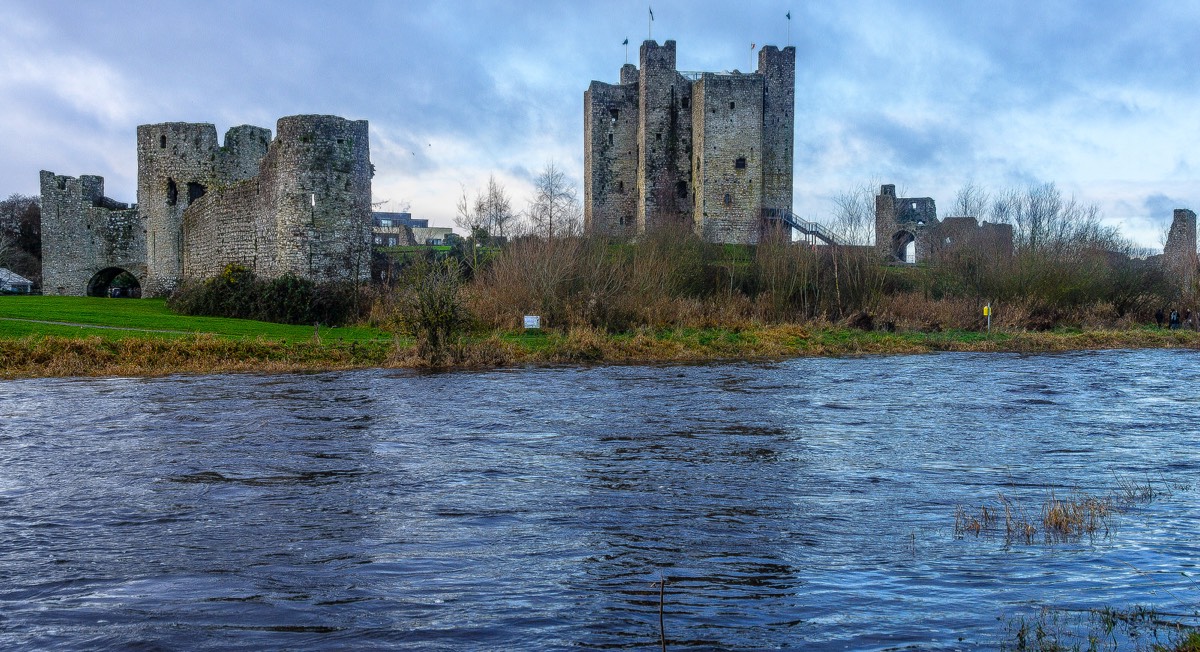
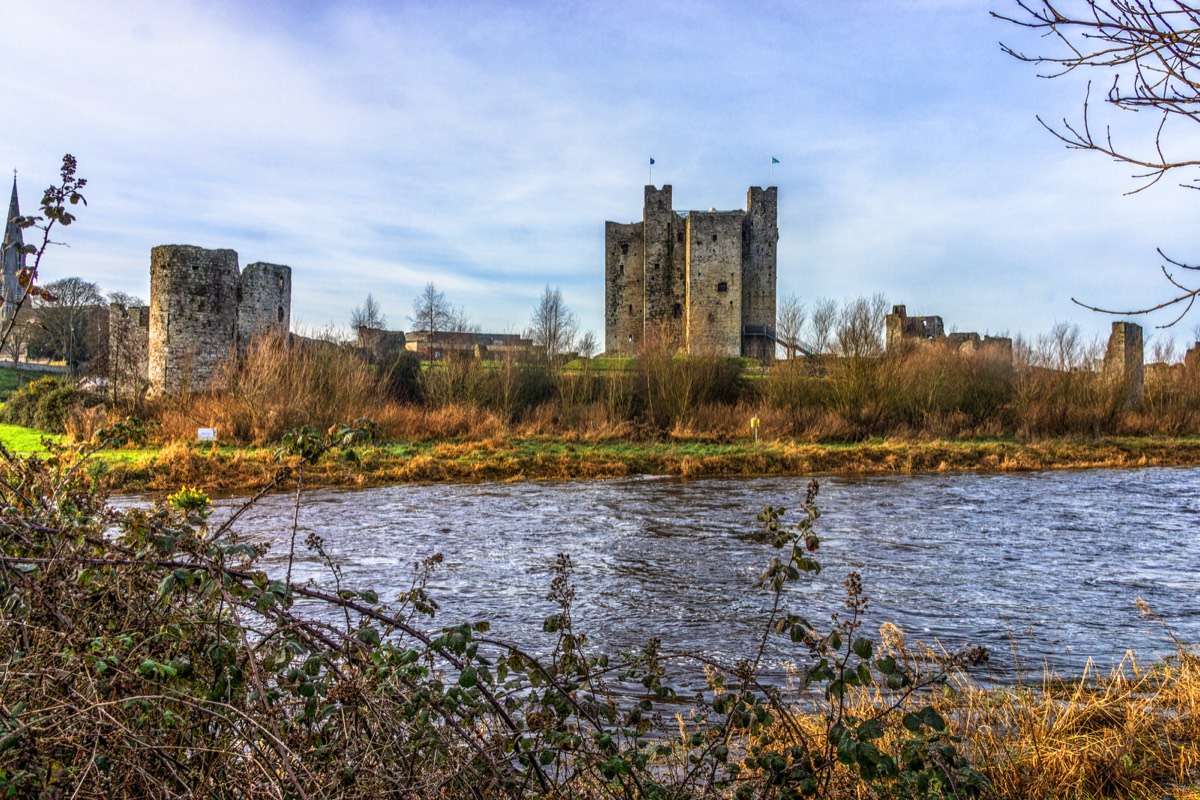
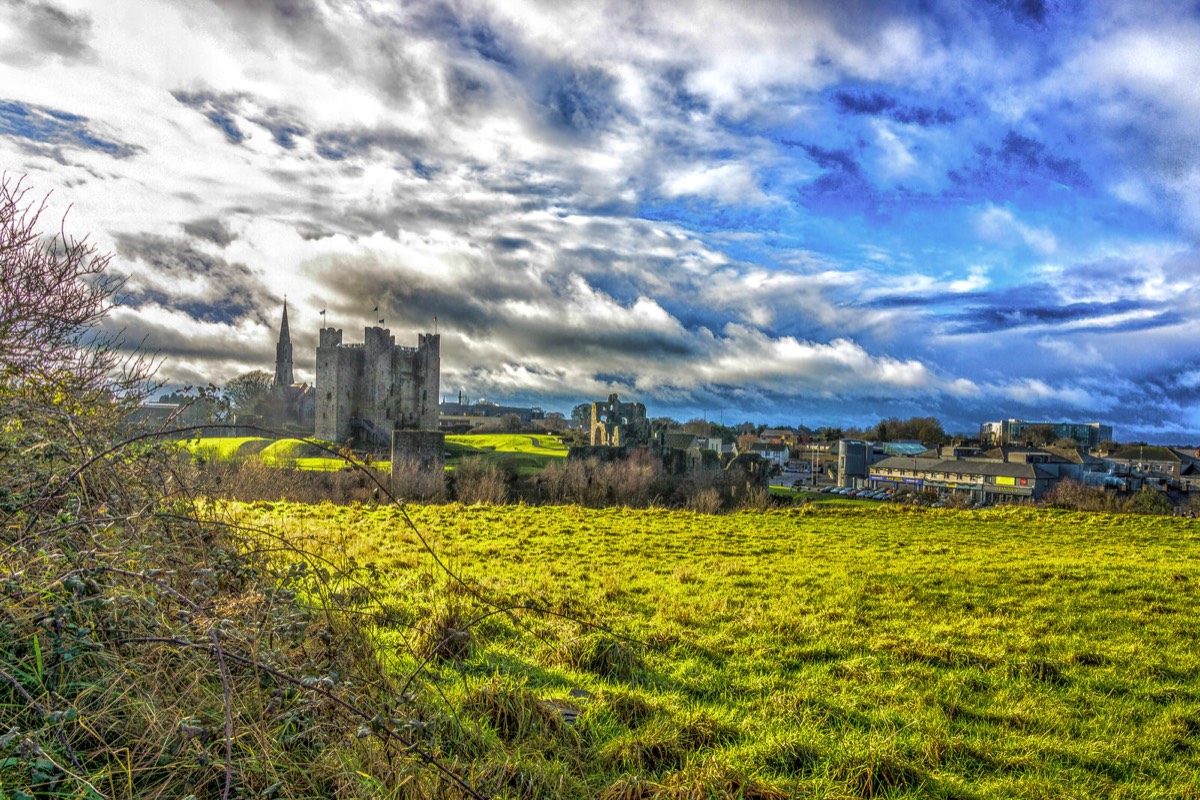
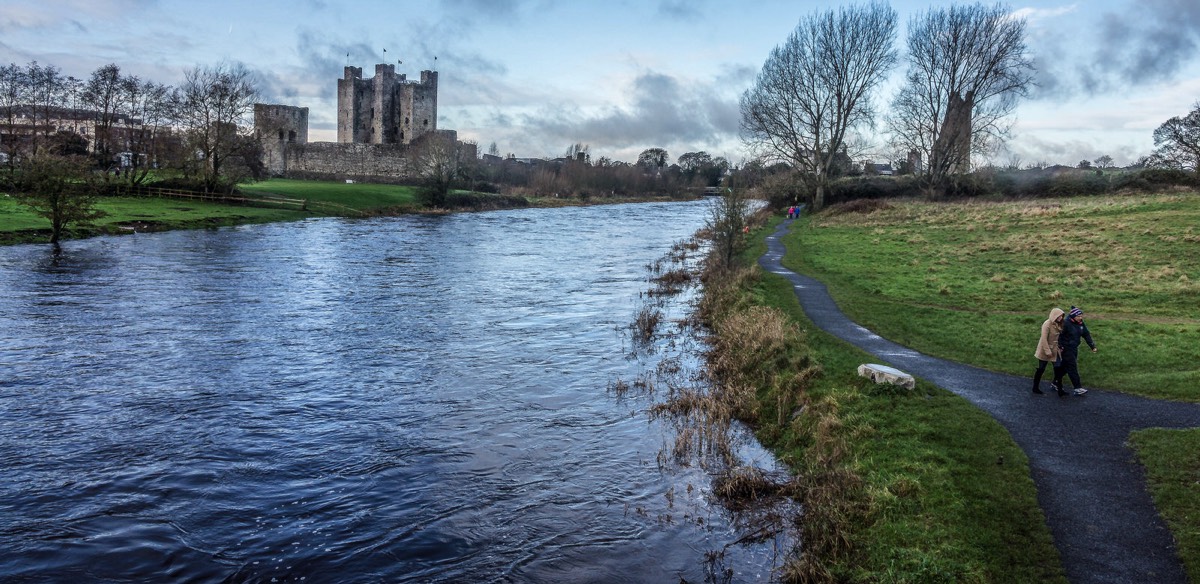
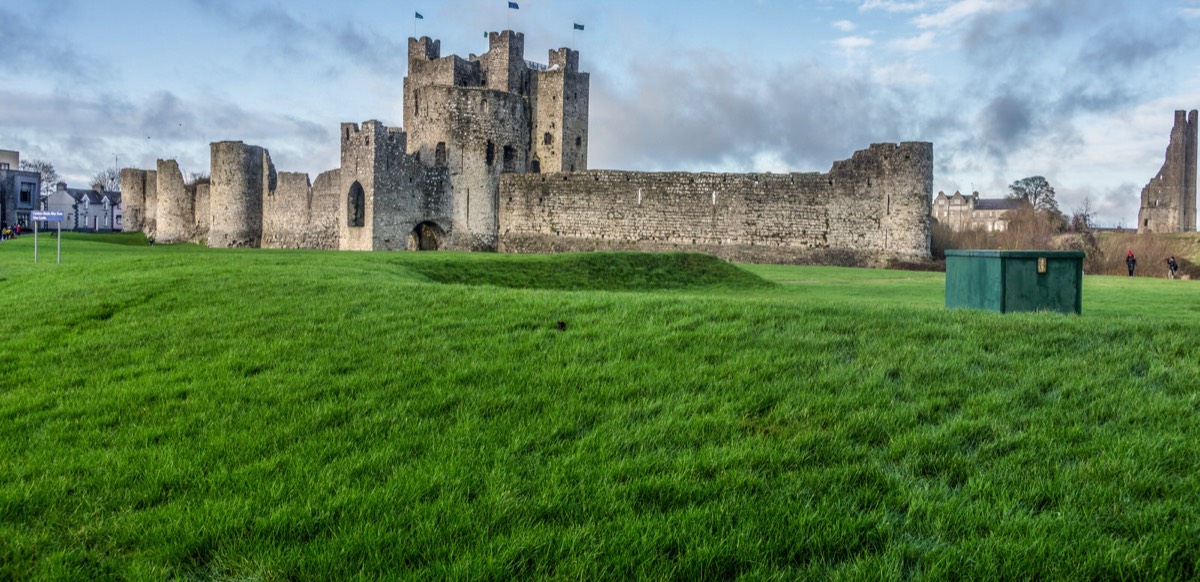
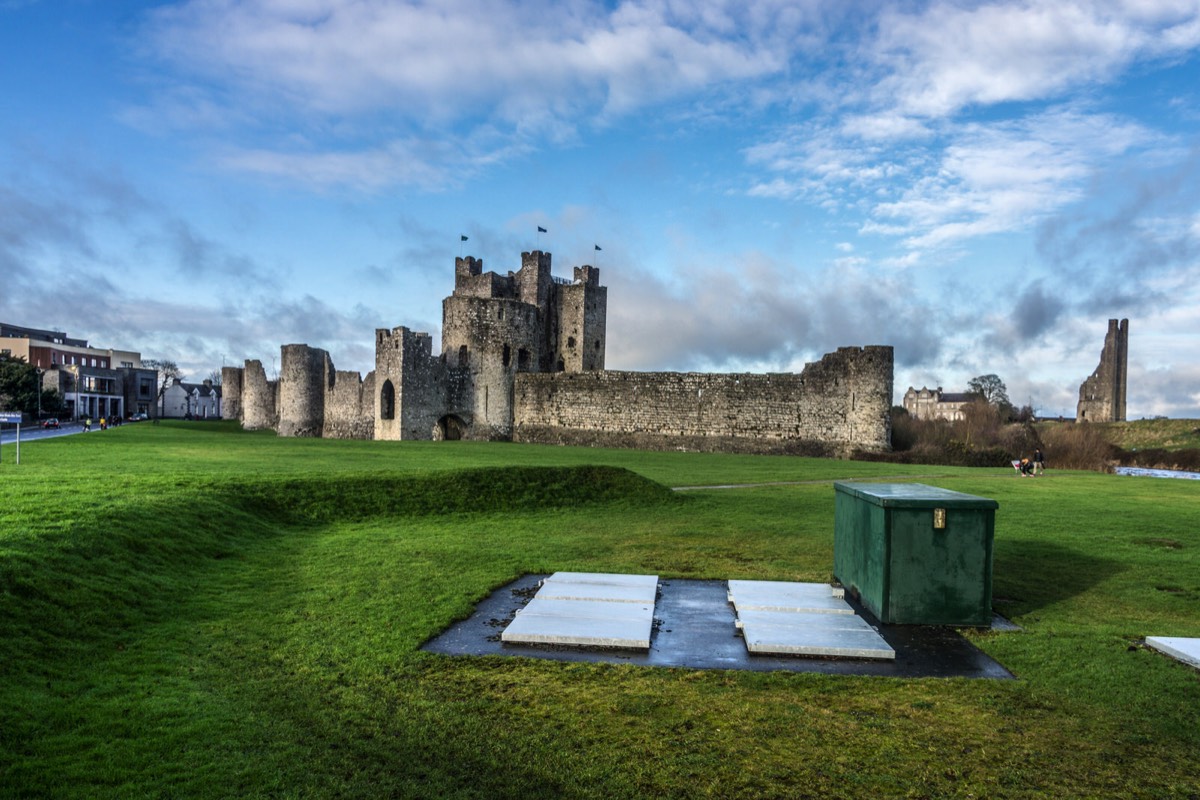
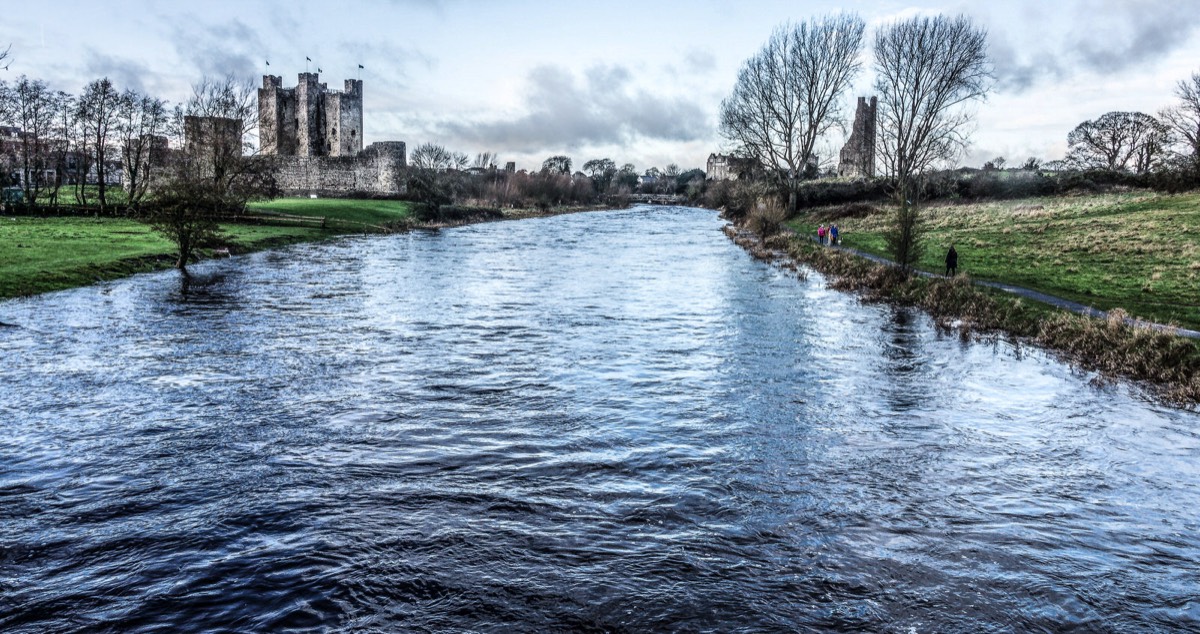
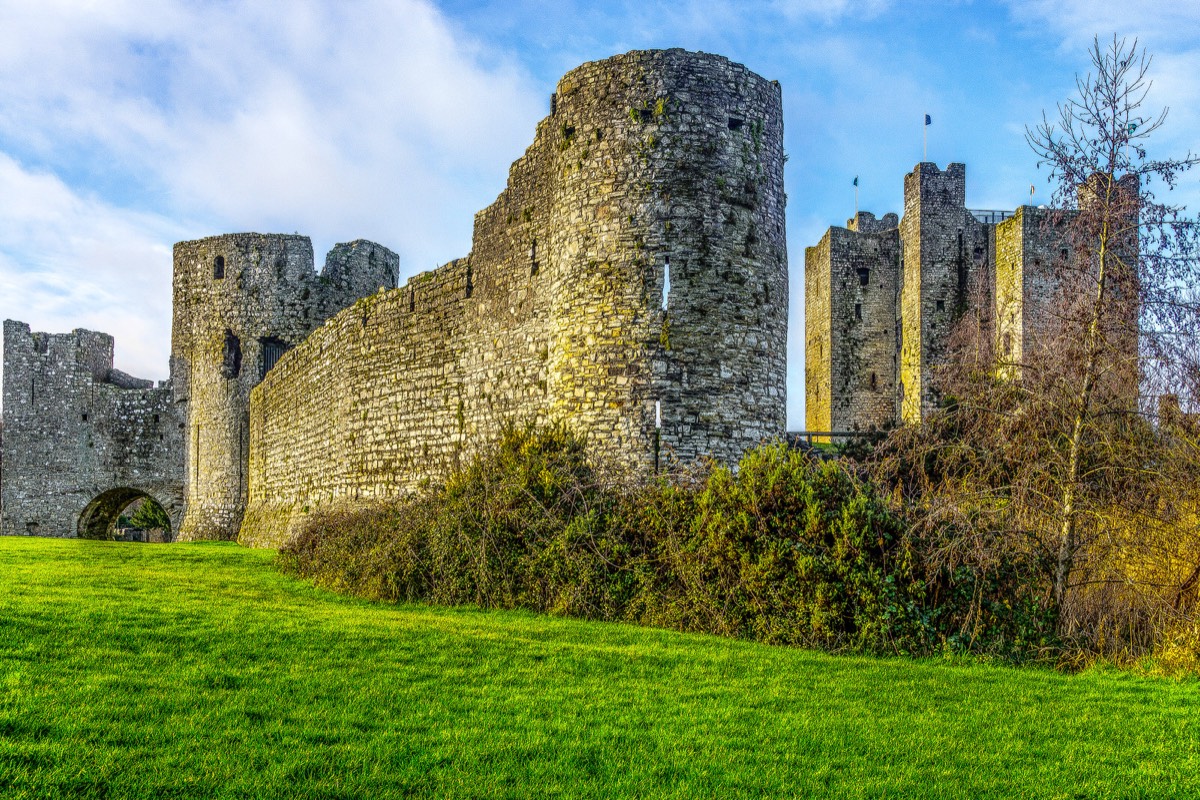
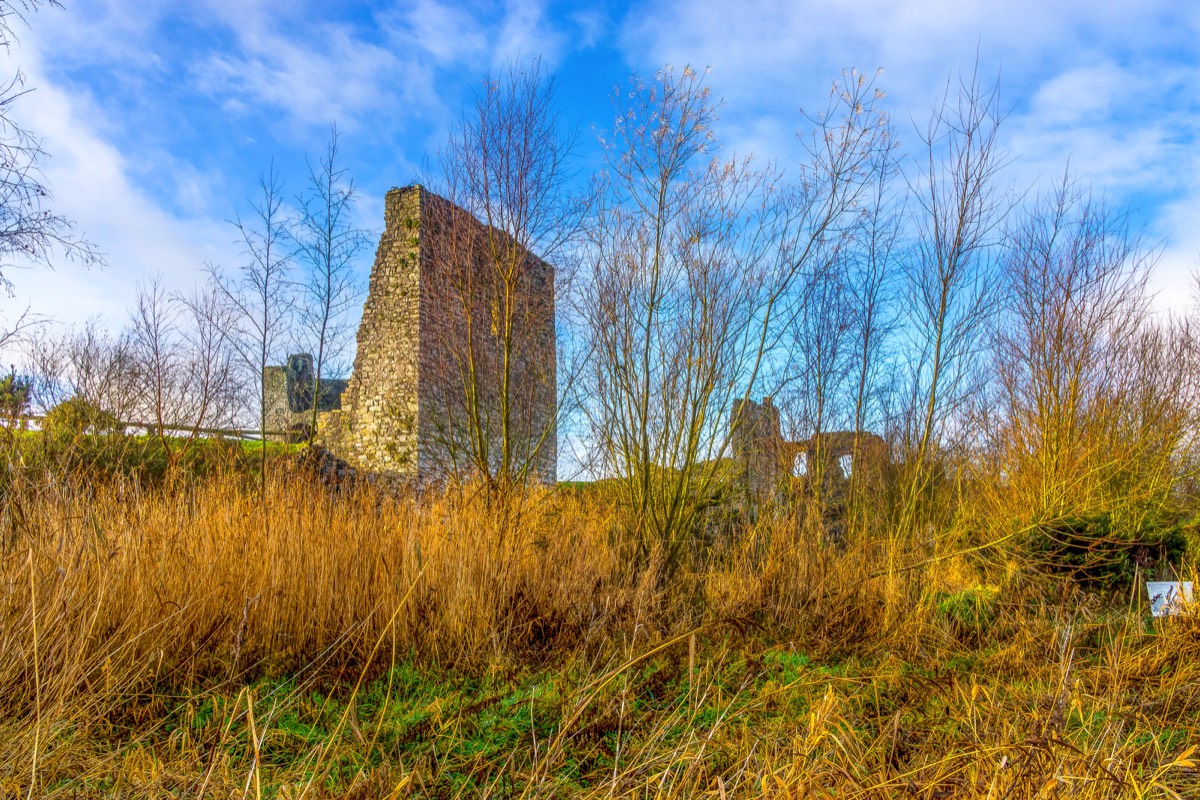
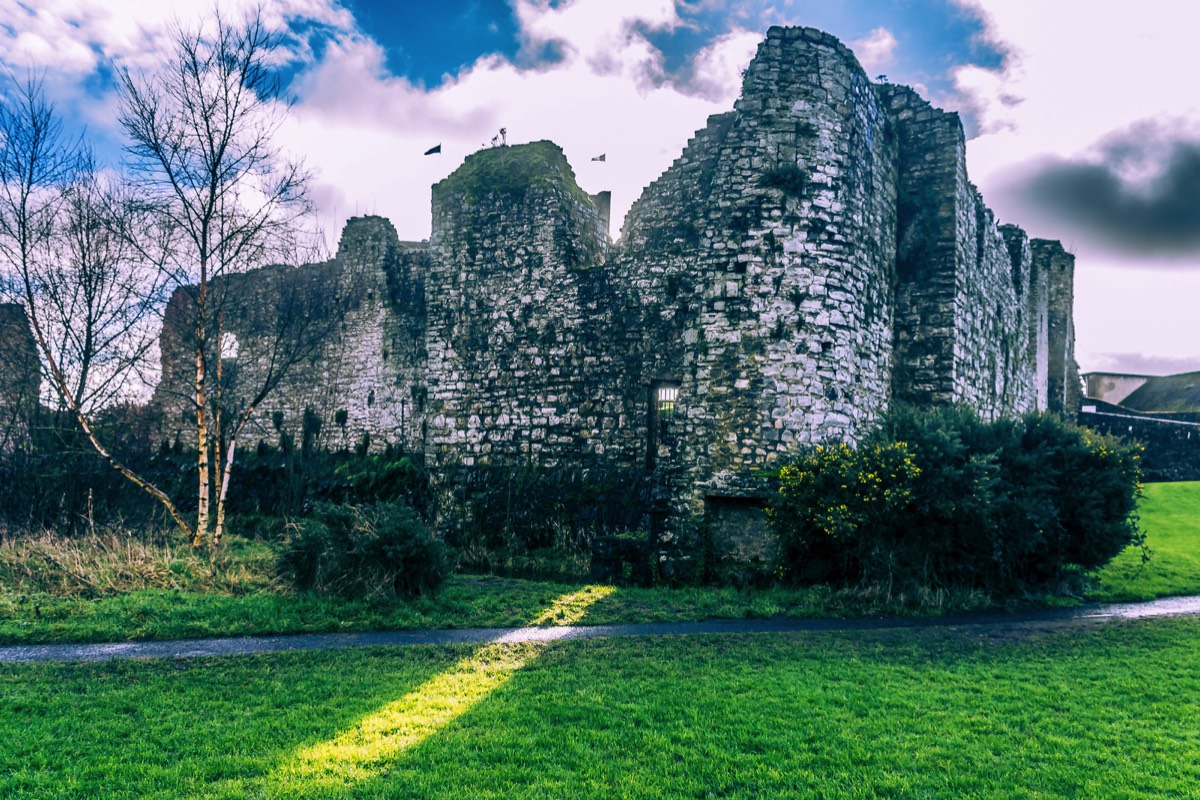
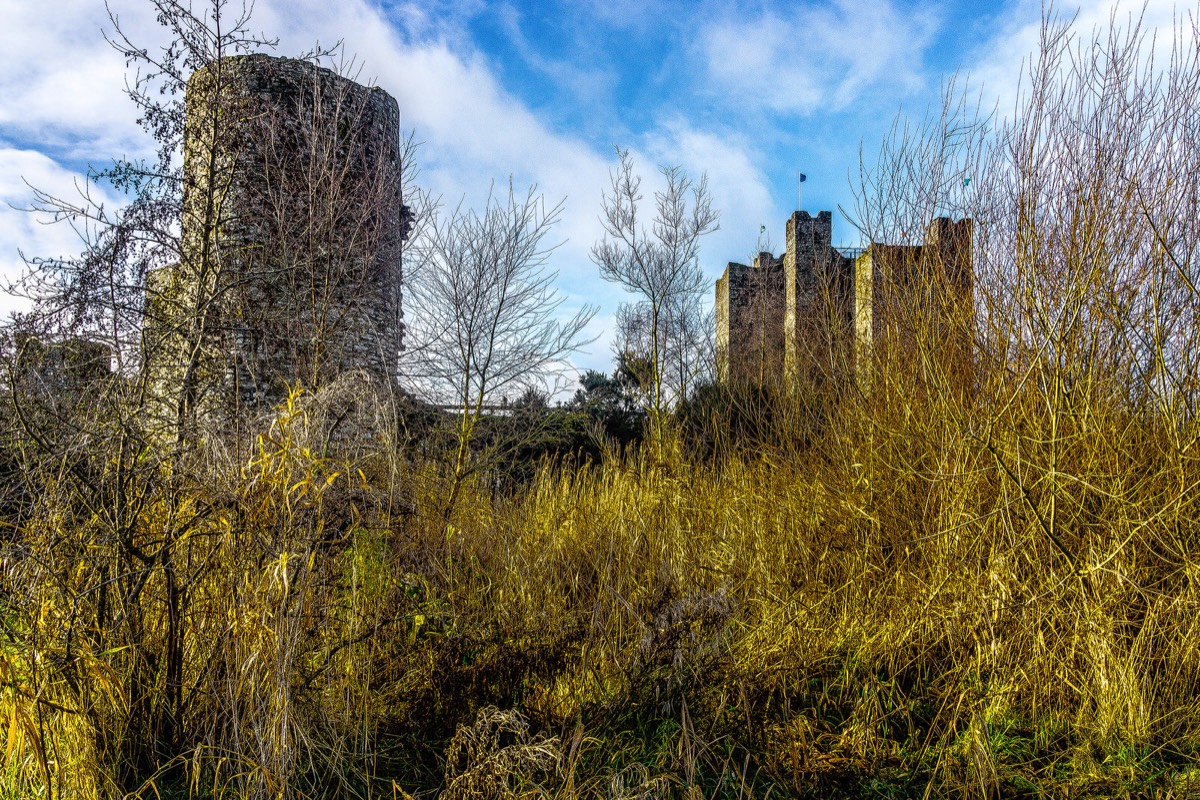
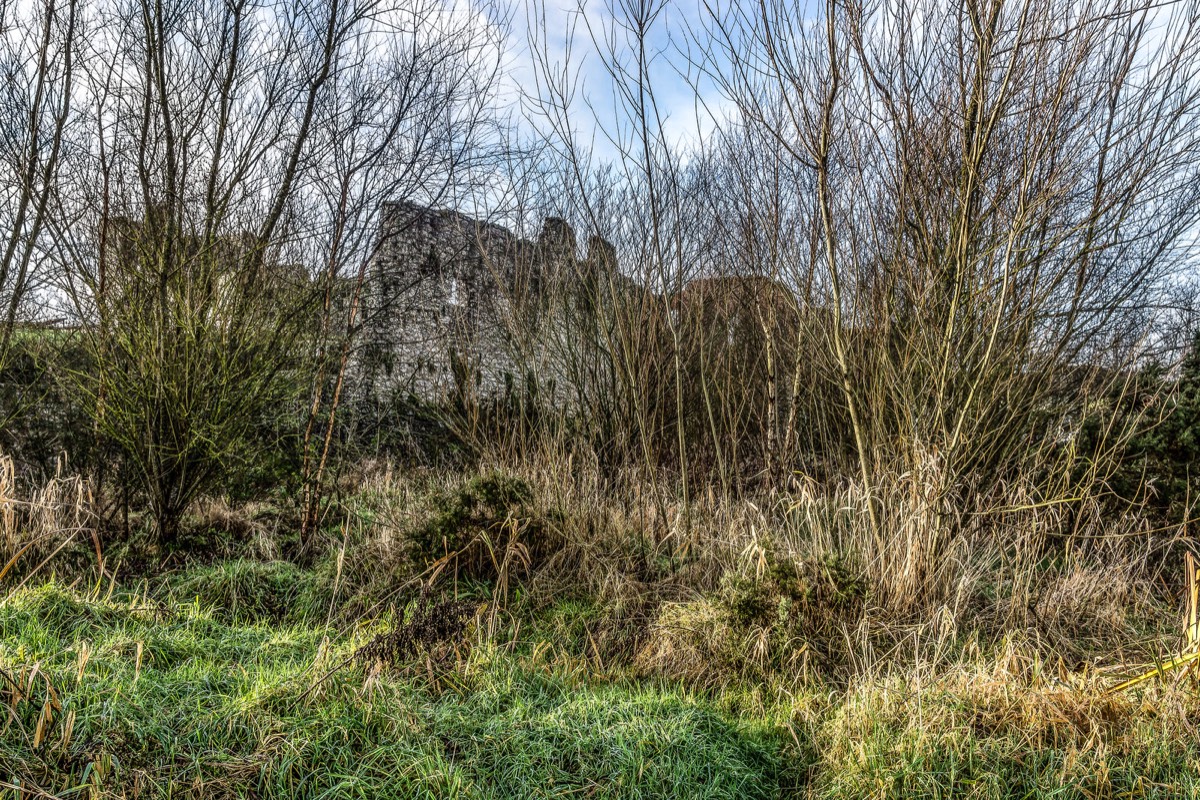
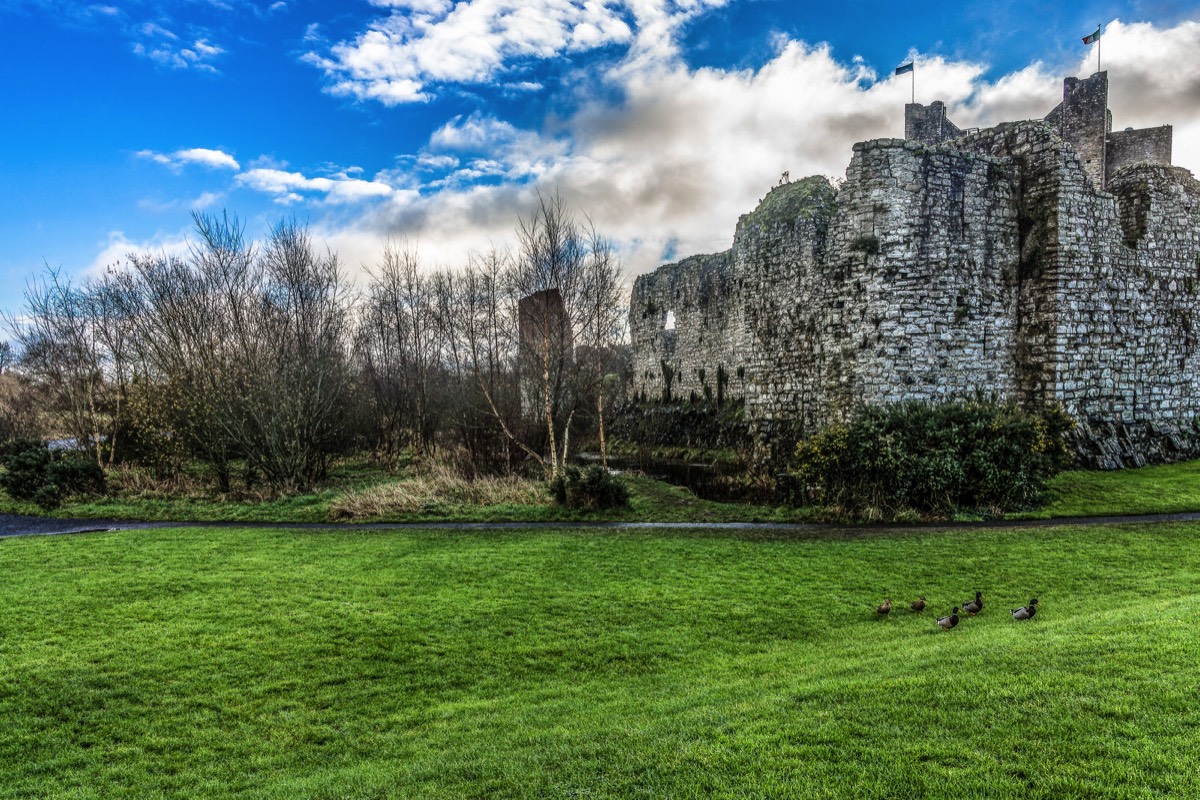
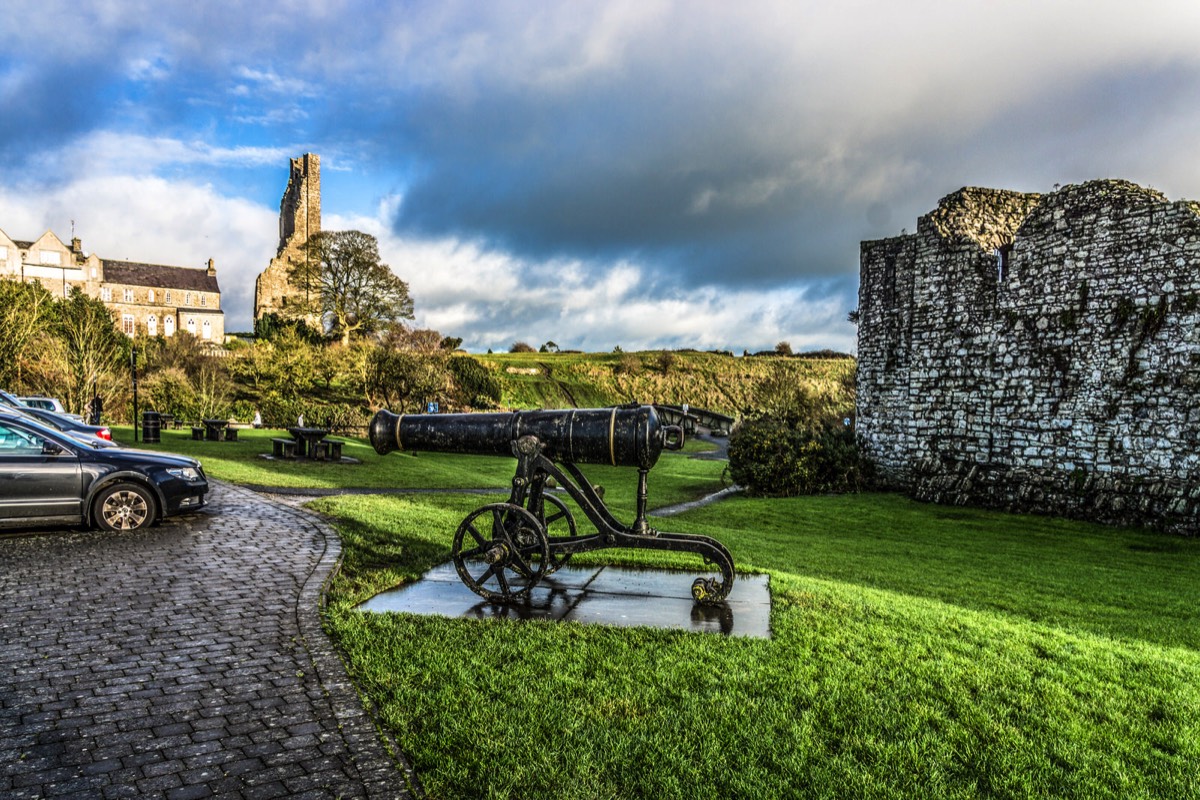
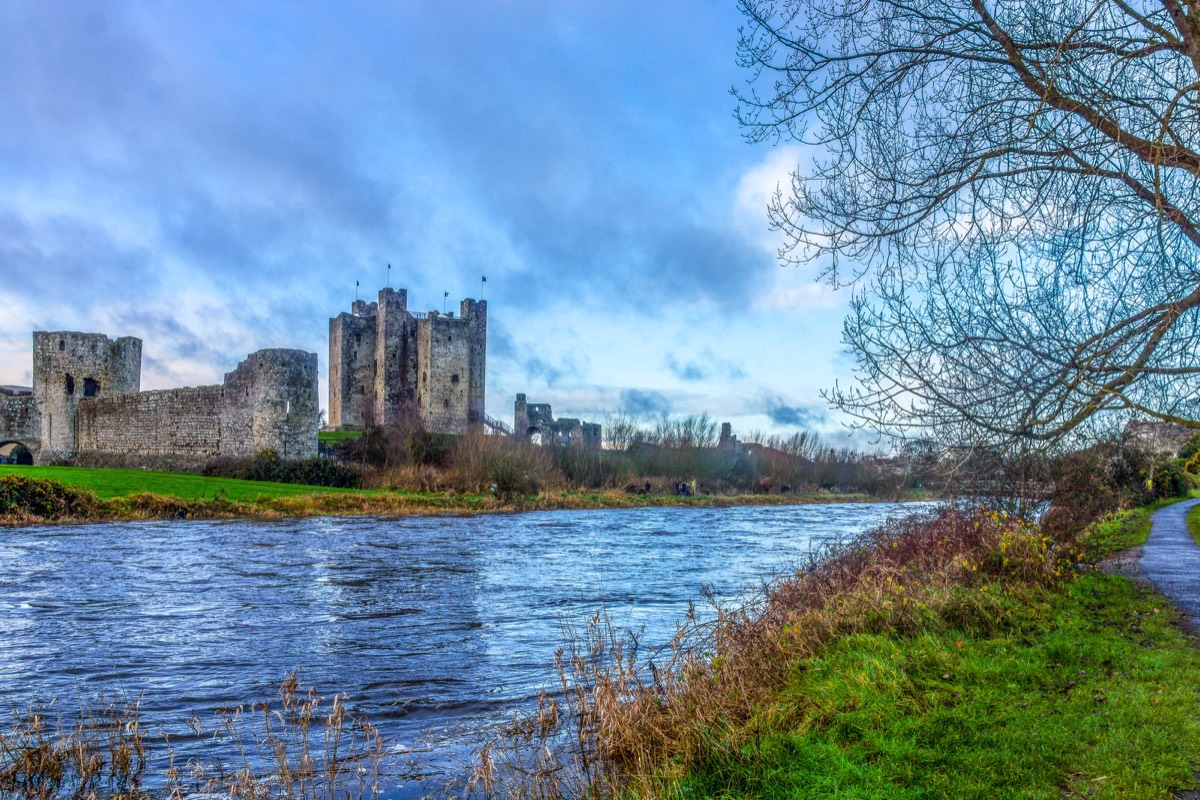
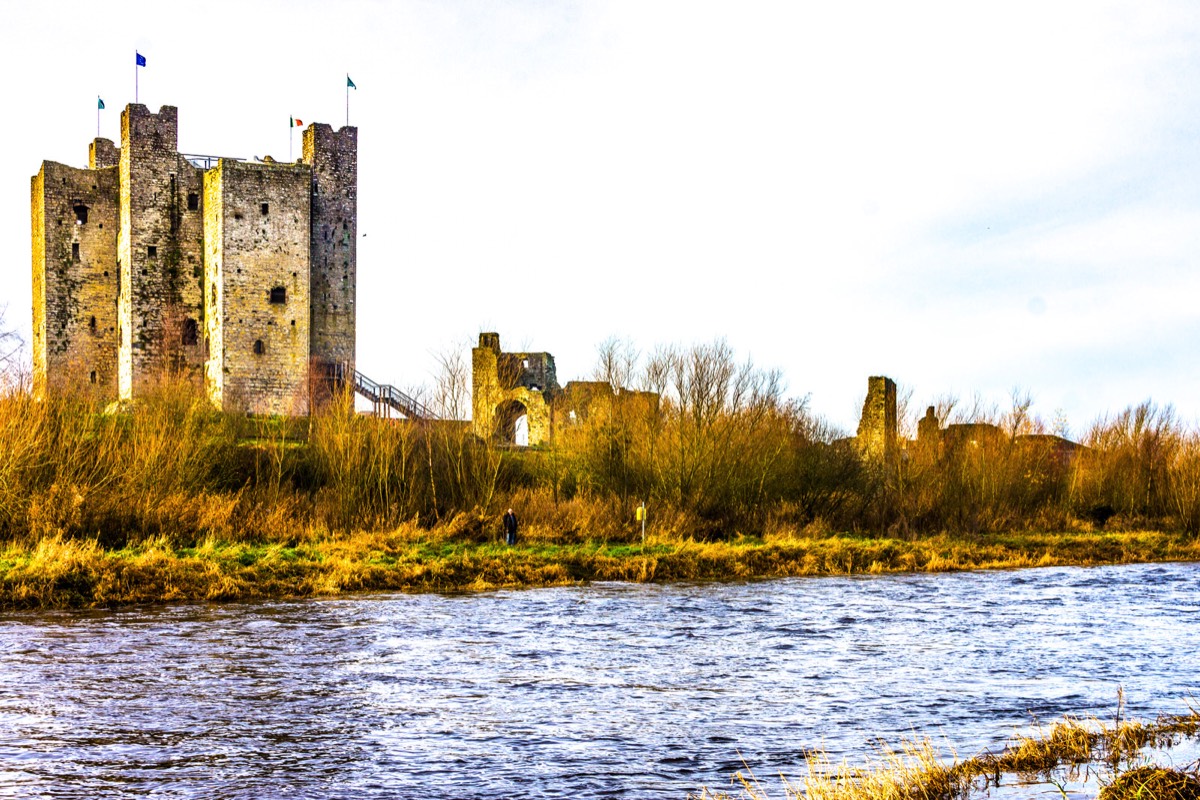
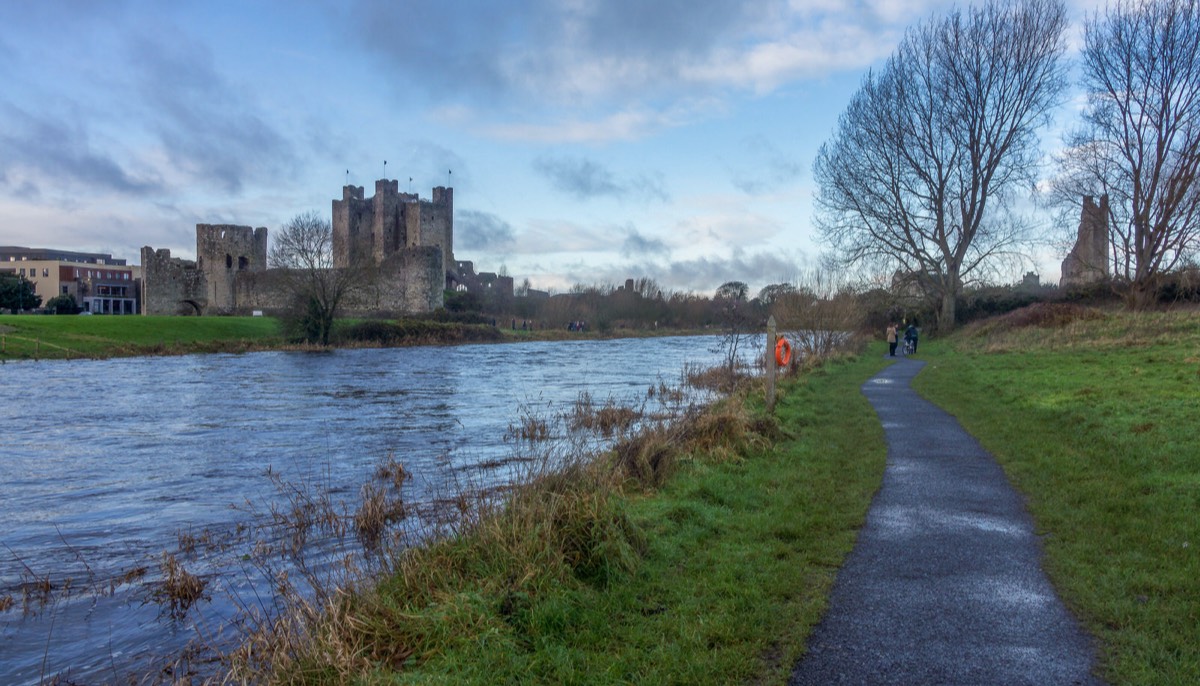
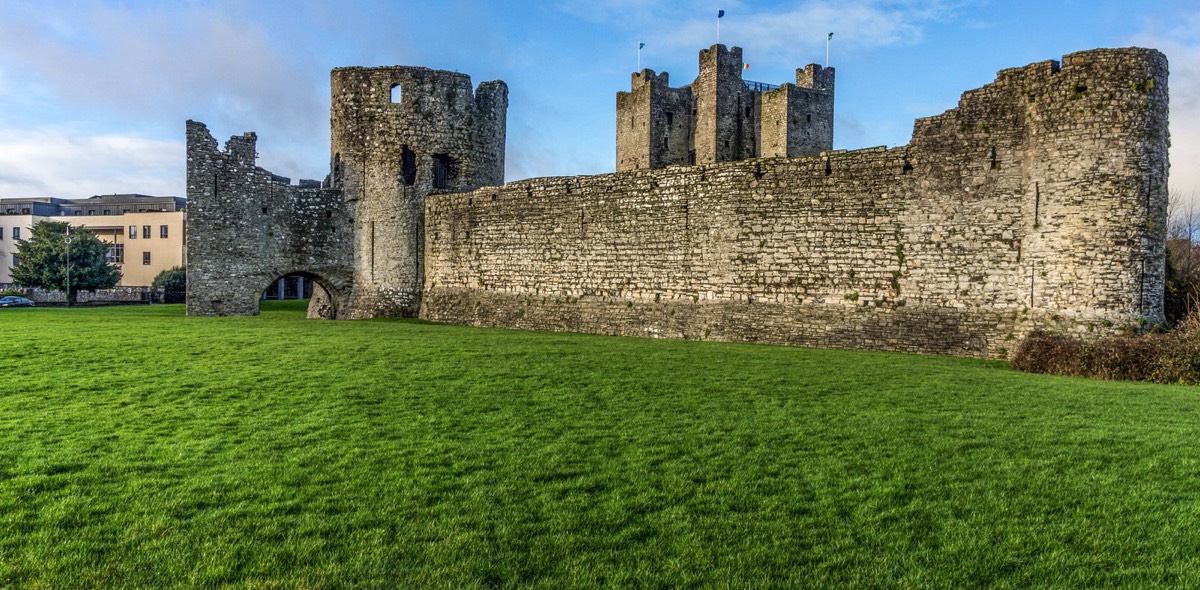
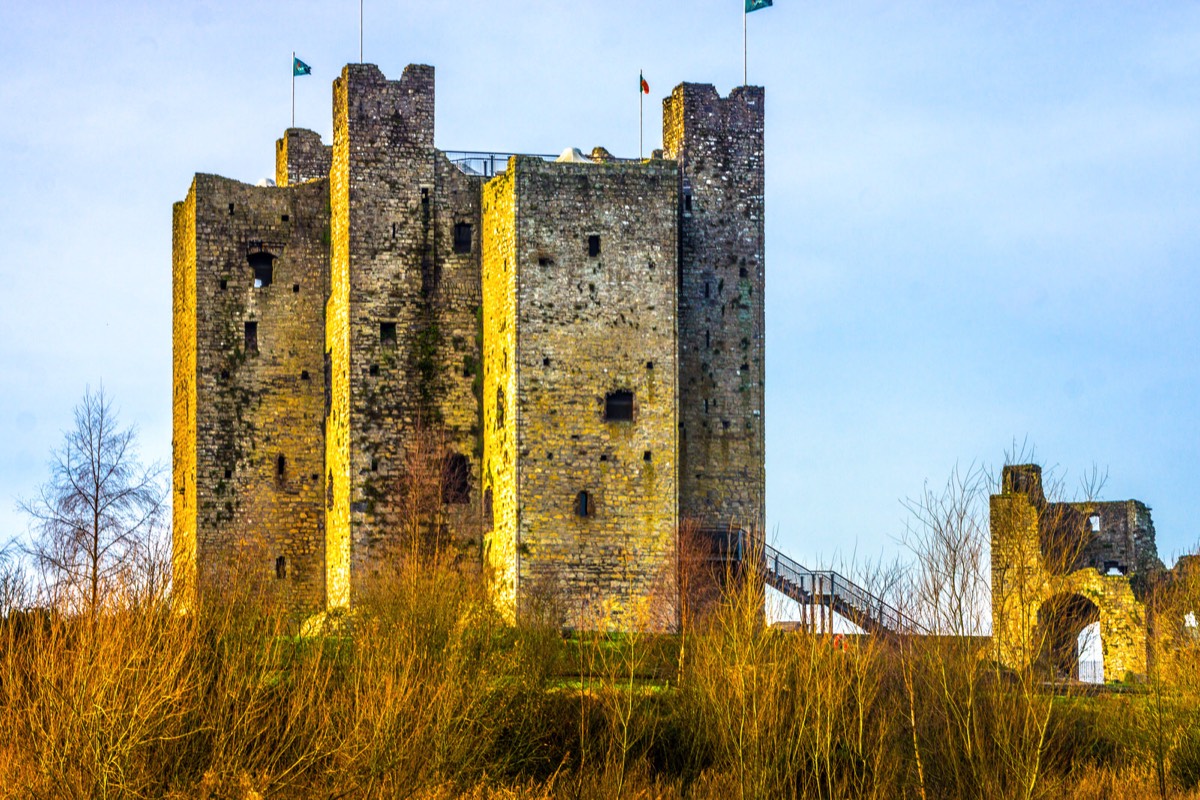
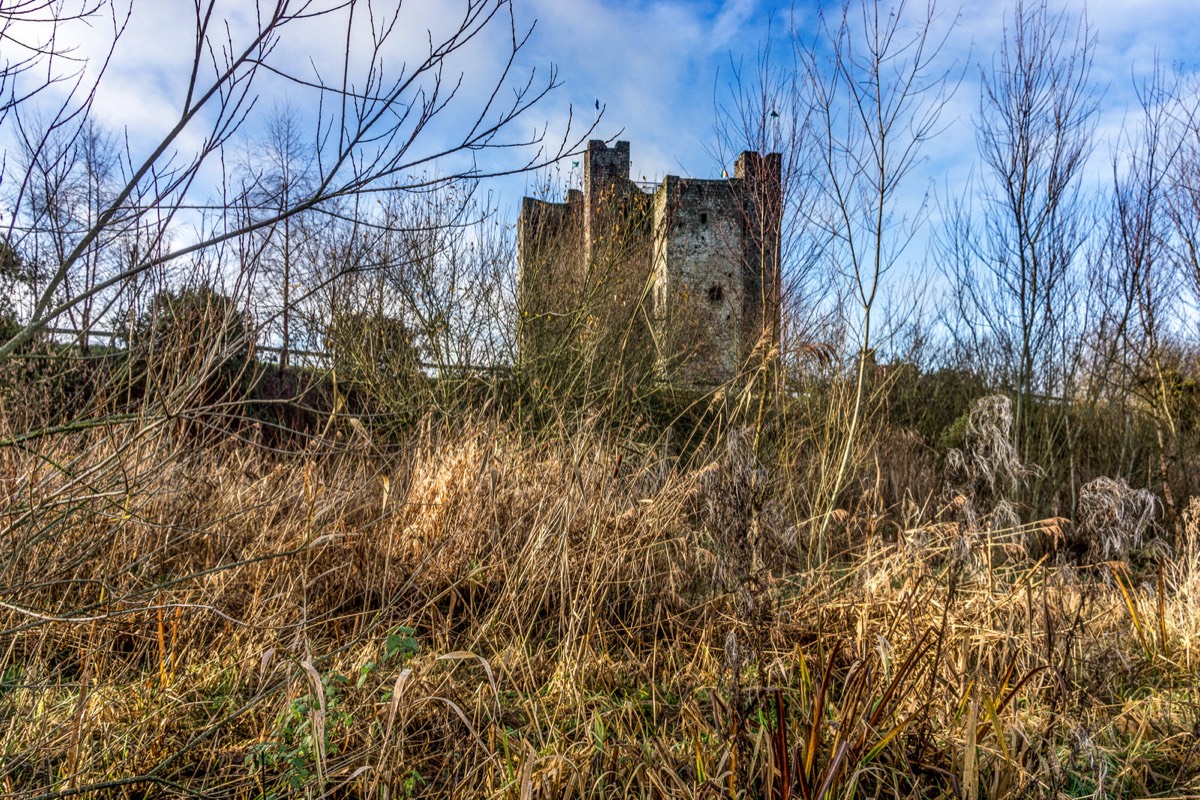
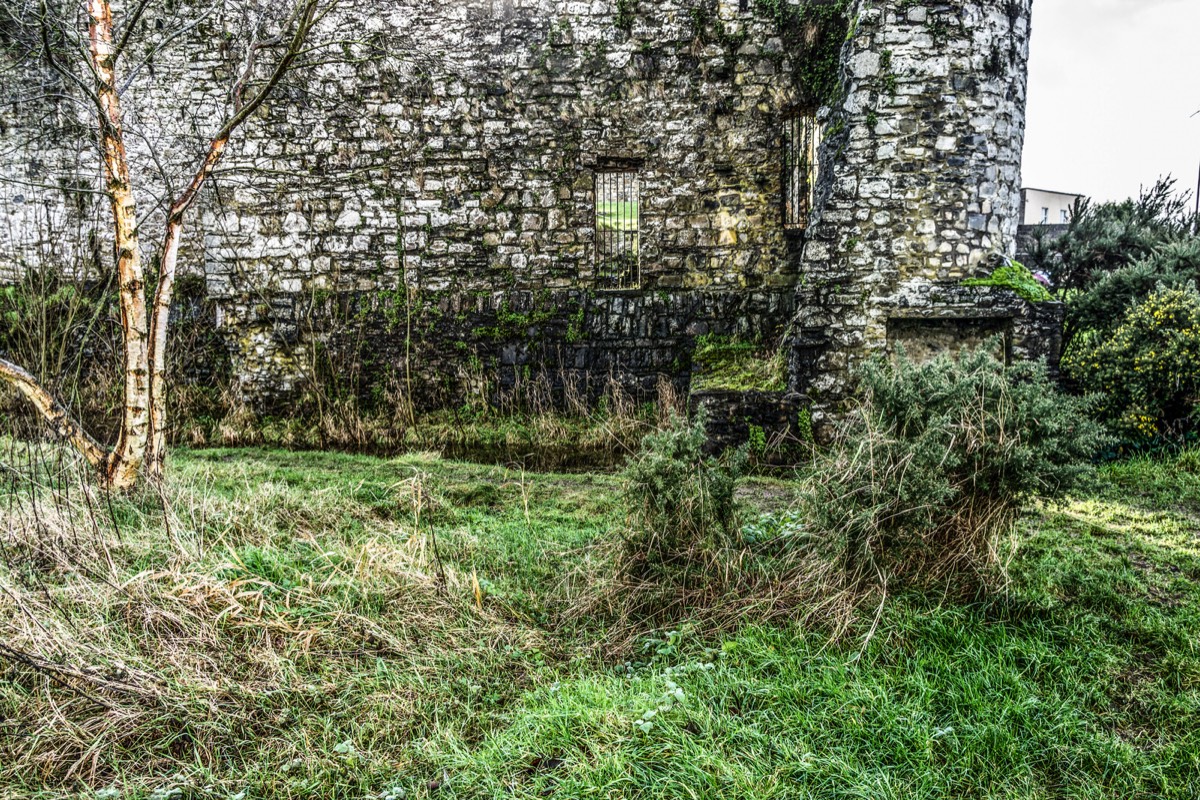
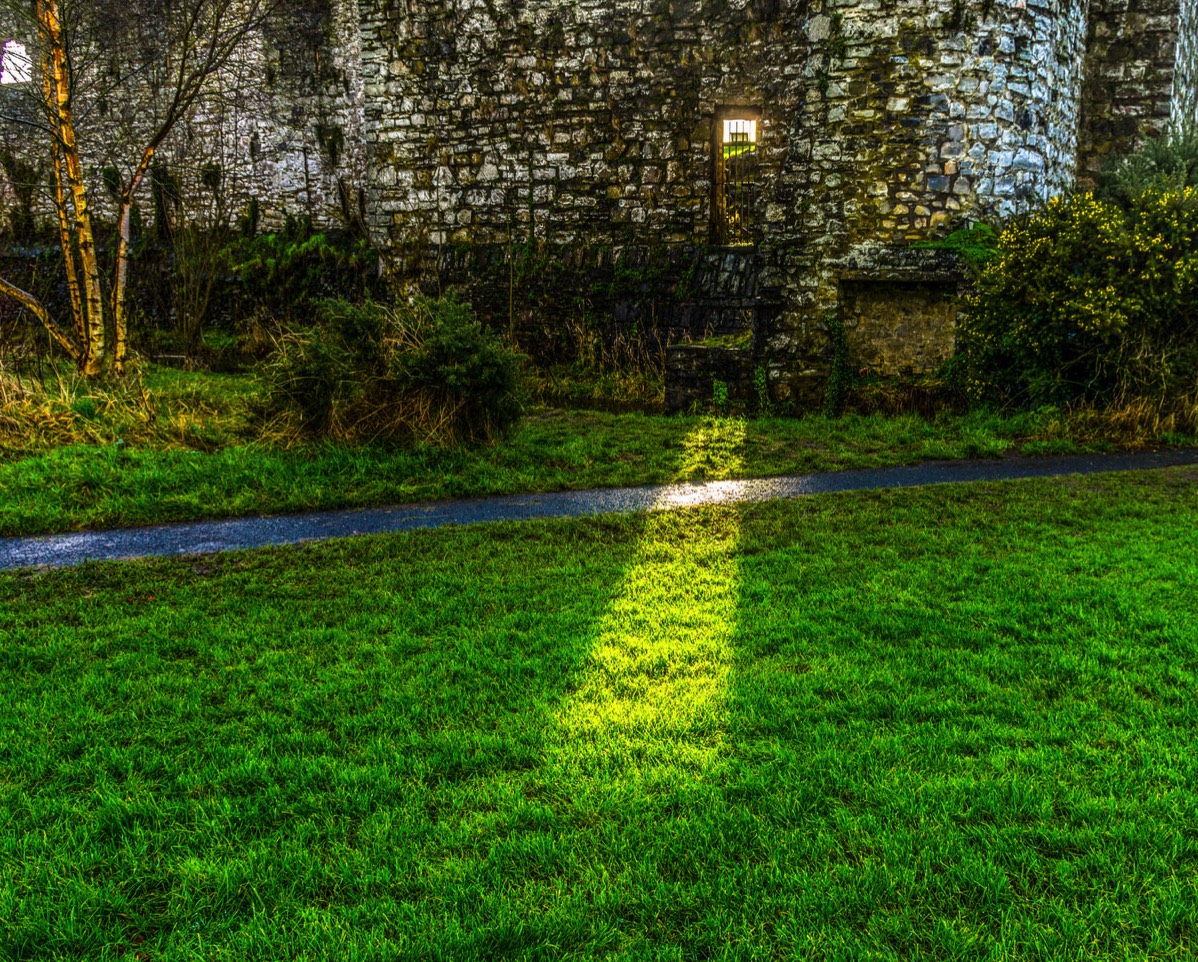
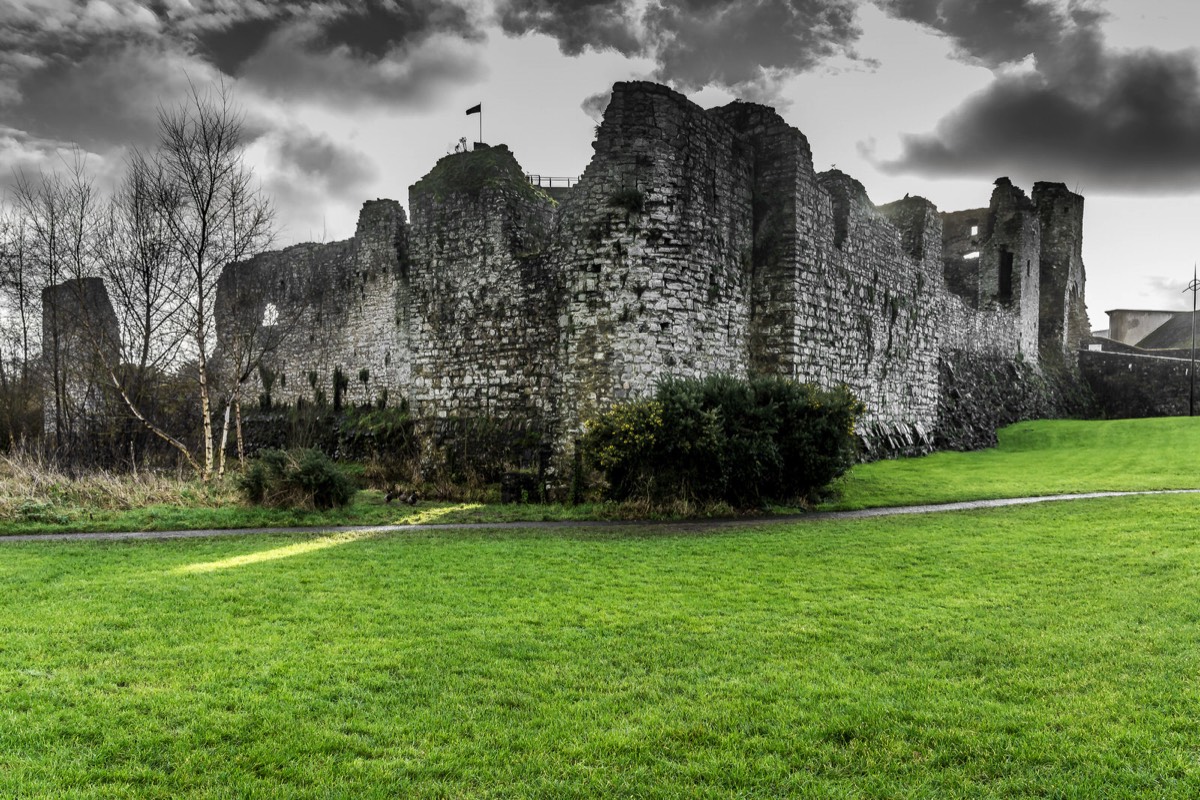
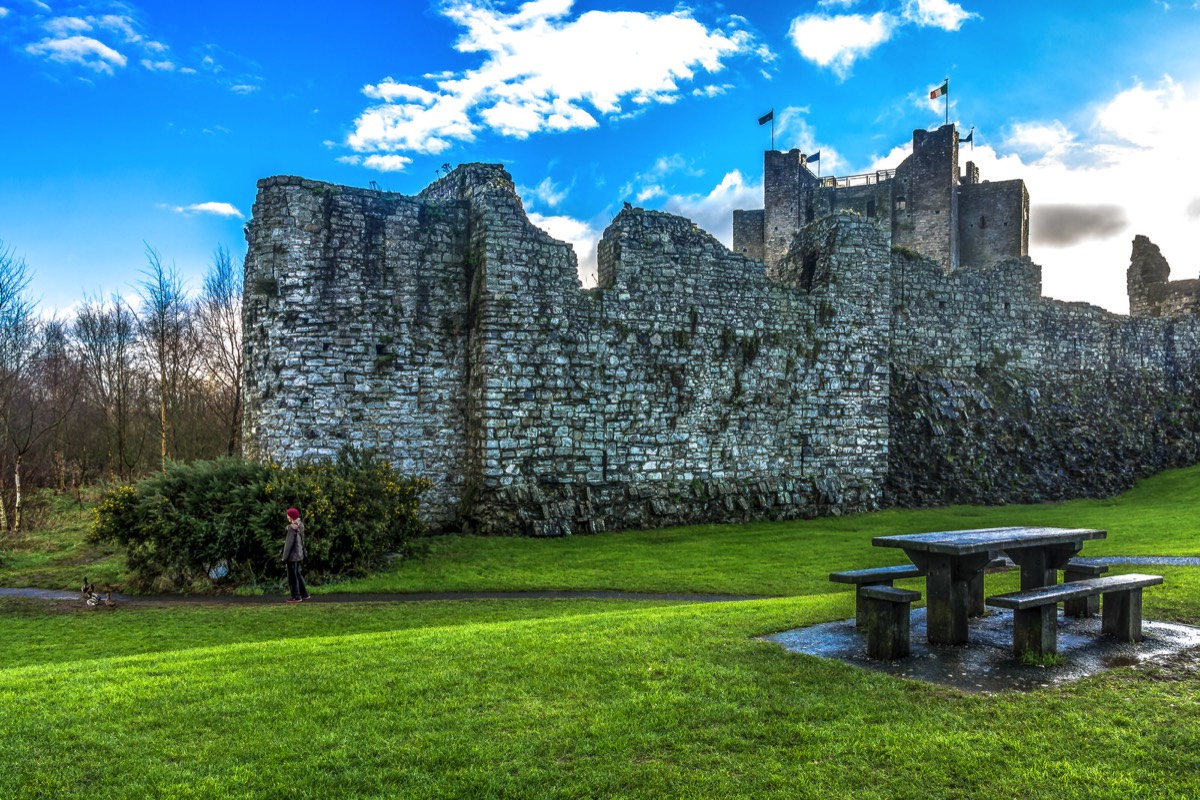
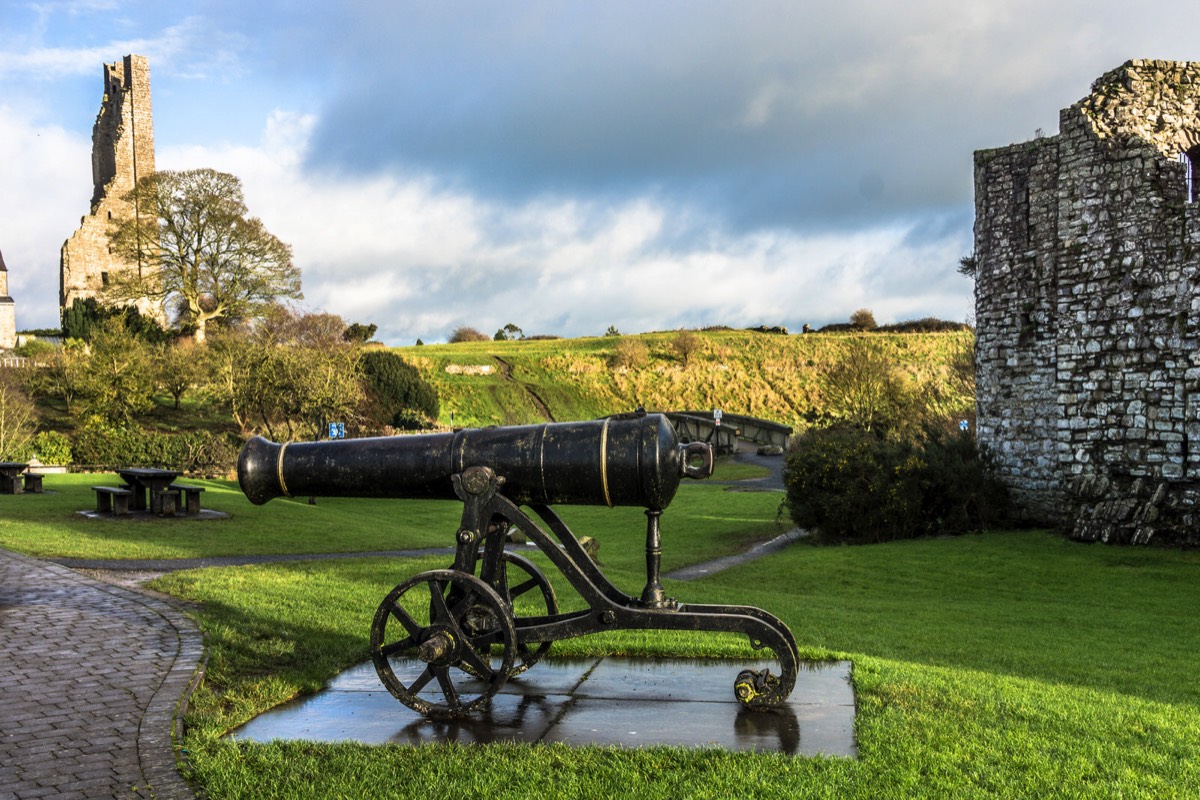
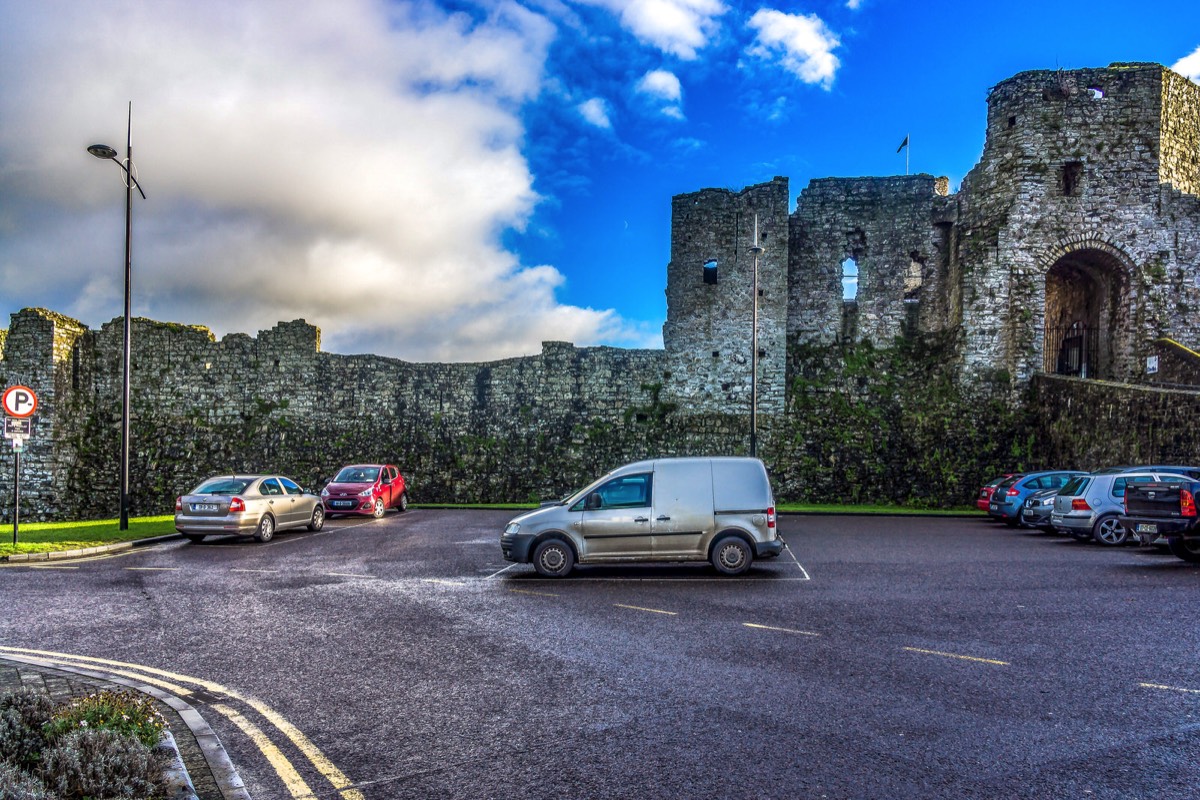
You will find links to buy products from Amazon, Google and other partners. If you click on these links, you’ll find that the URL includes a small extra piece of text which identifies that the click came from my websites. This text is an affiliate code, and it means that I get a small percentage of the money you spend if you choose to buy that product, or, in some cases, other products from the site soon after. These affiliate links help pay the costs of producing my websites and ensure that the content is free to you.
COPYRIGHT NOTICE APPLIES ONLY TO PHOTOGRAPHS

This work by William Murphy aka Infomatique is licensed under a Creative Commons Attribution-NonCommercial-ShareAlike 4.0 International License.
Permissions beyond the scope of this license may be available at https://excellentstreetimages.com/in-the-year-twentytwenty/copyright/.